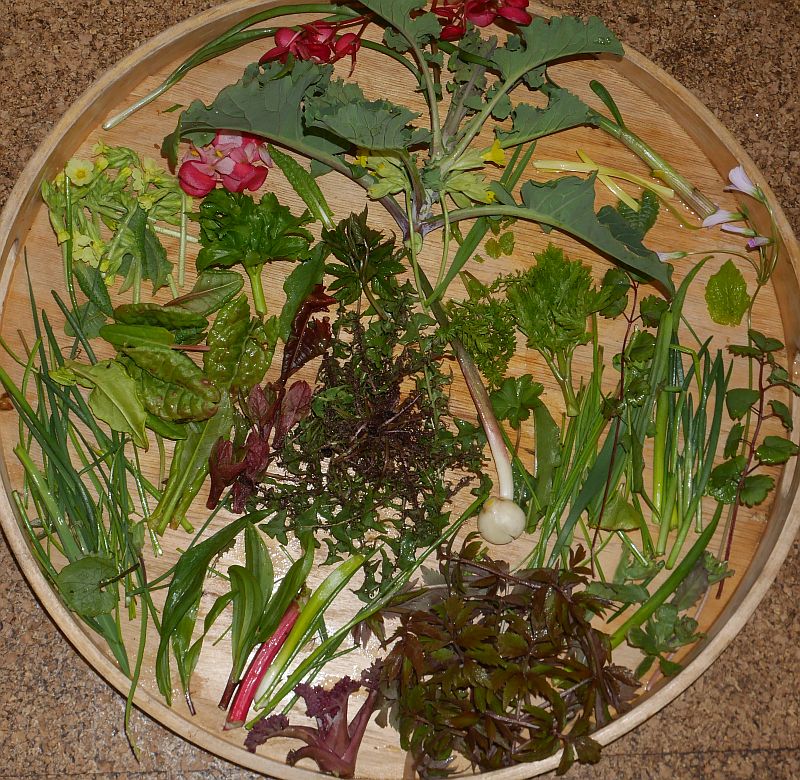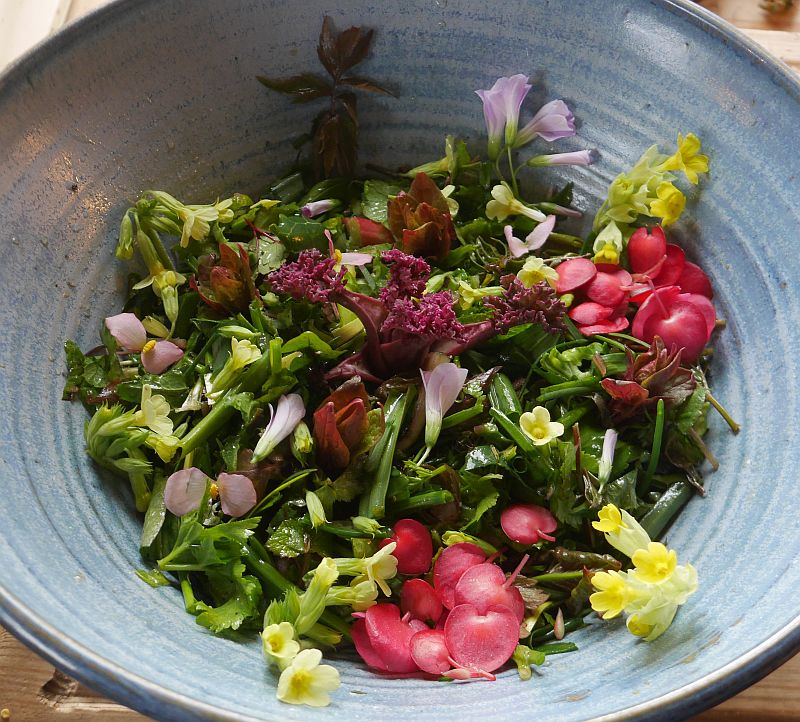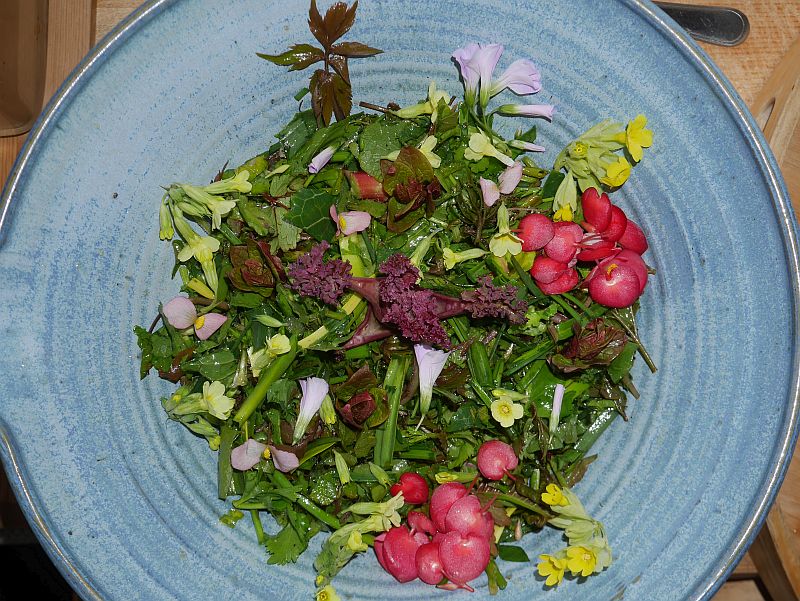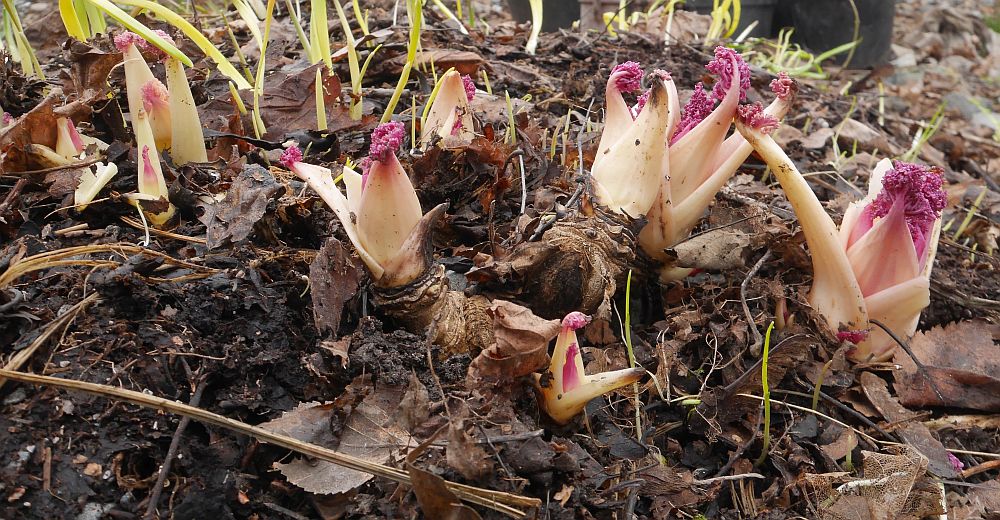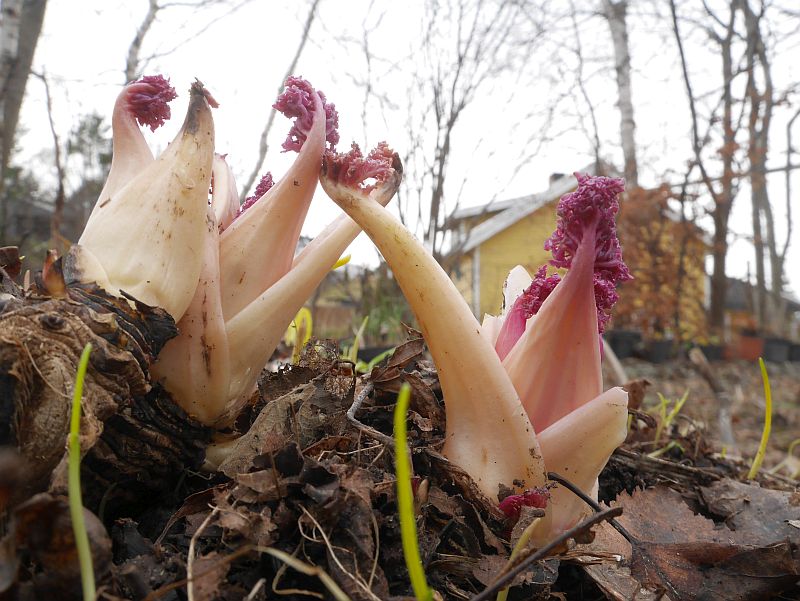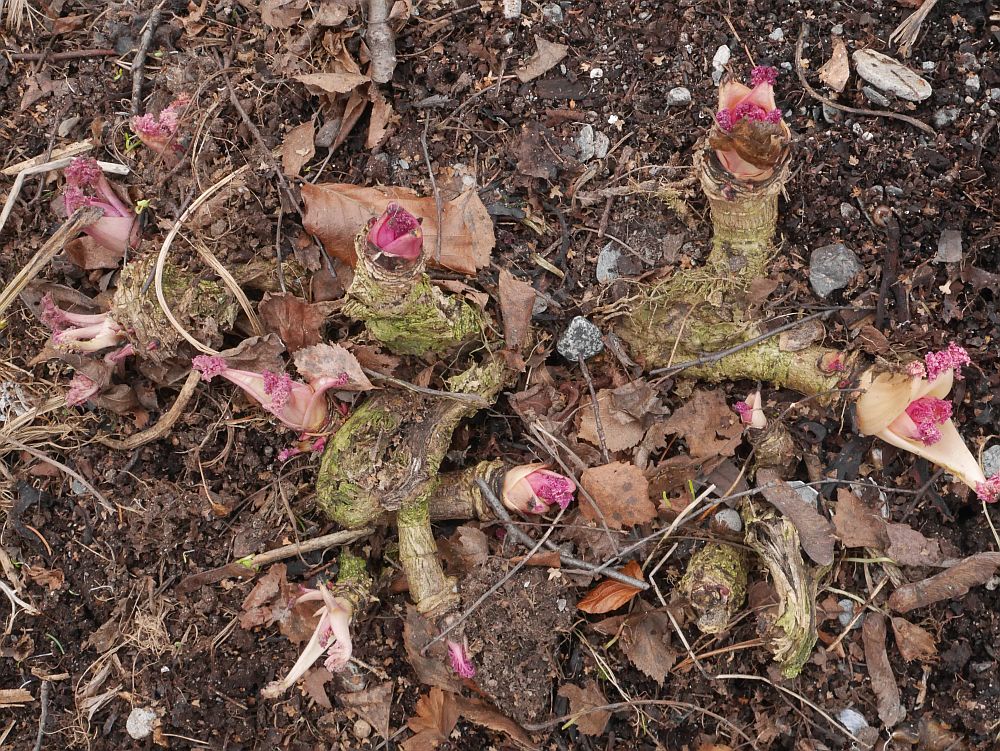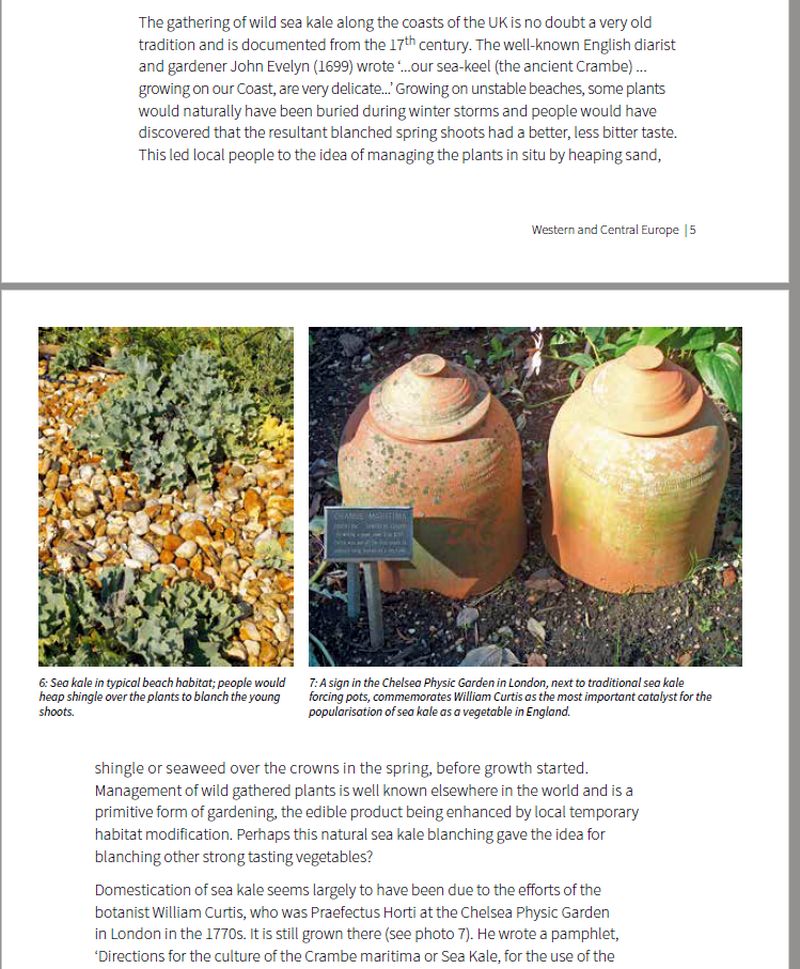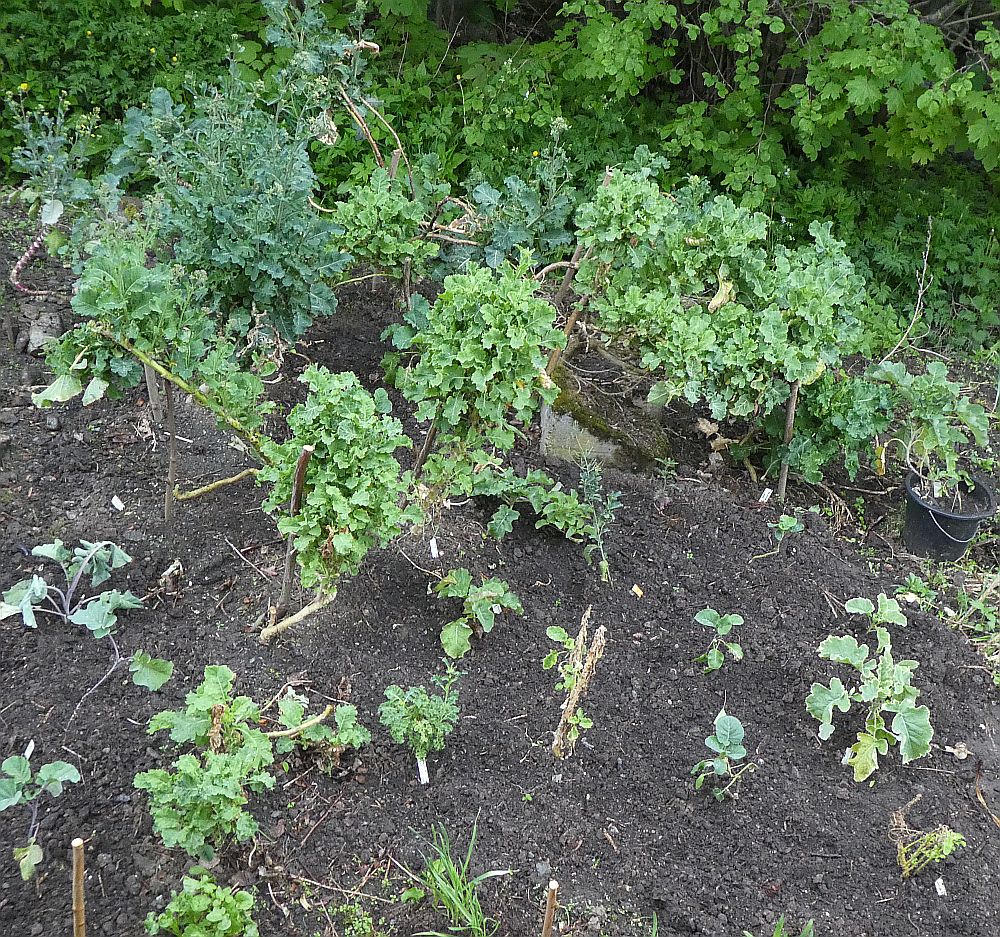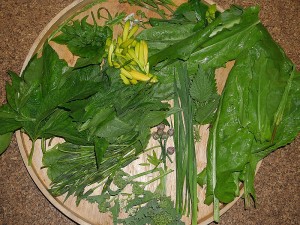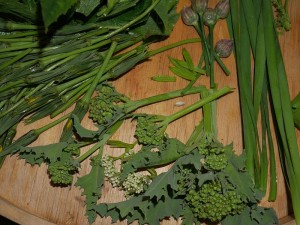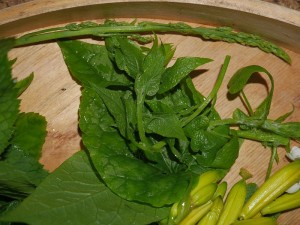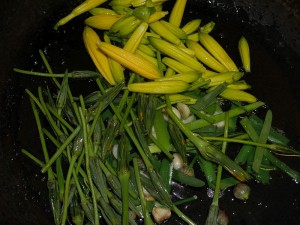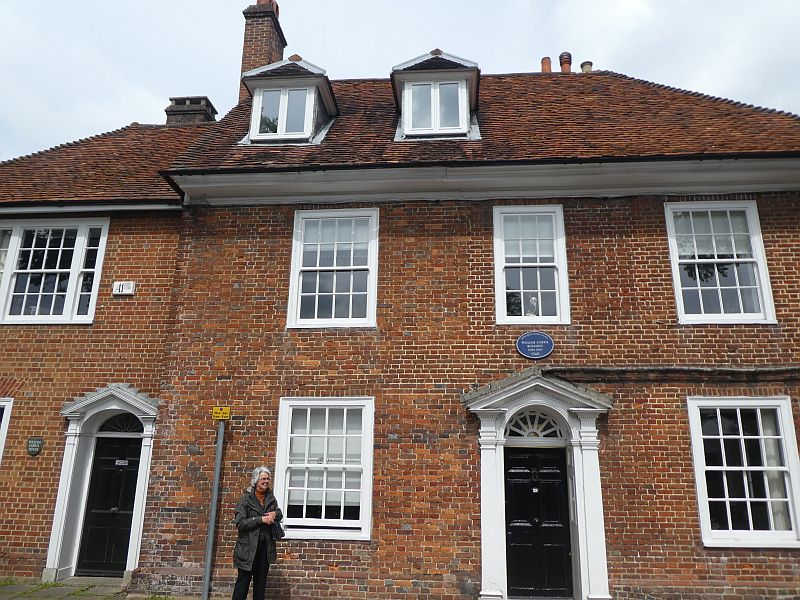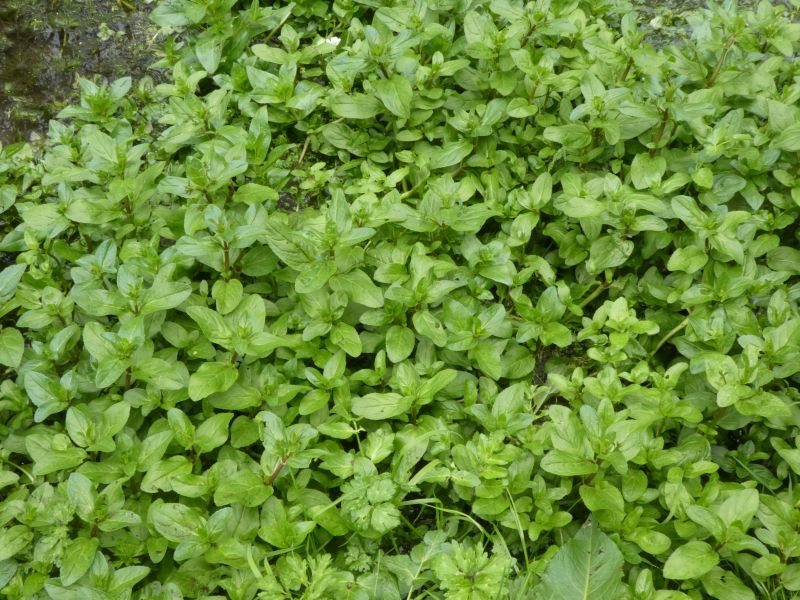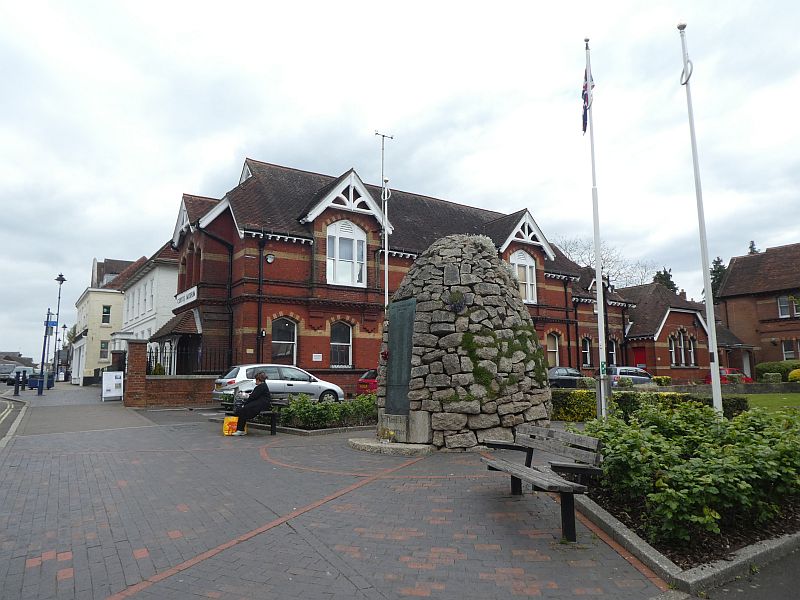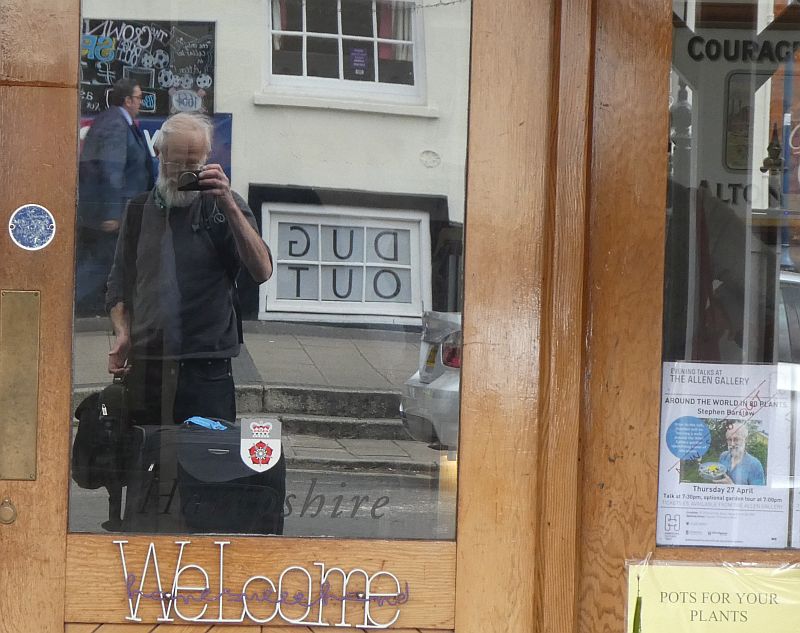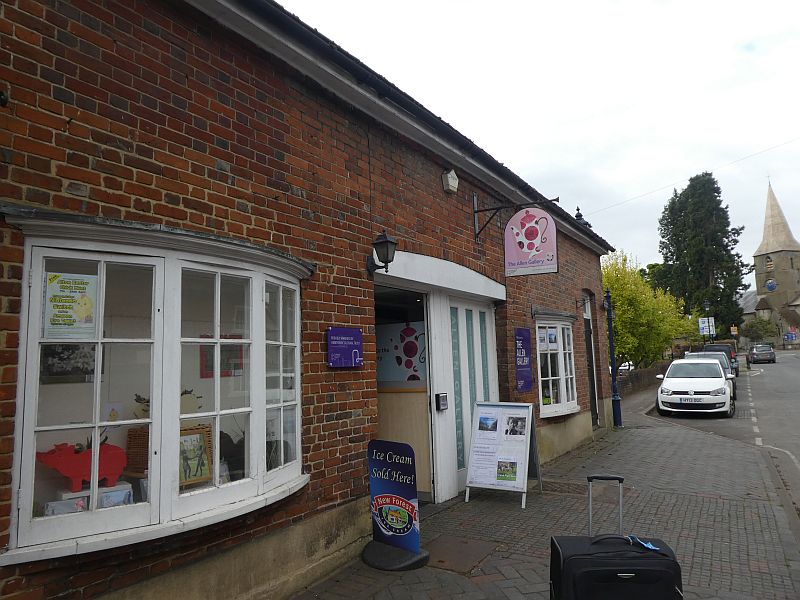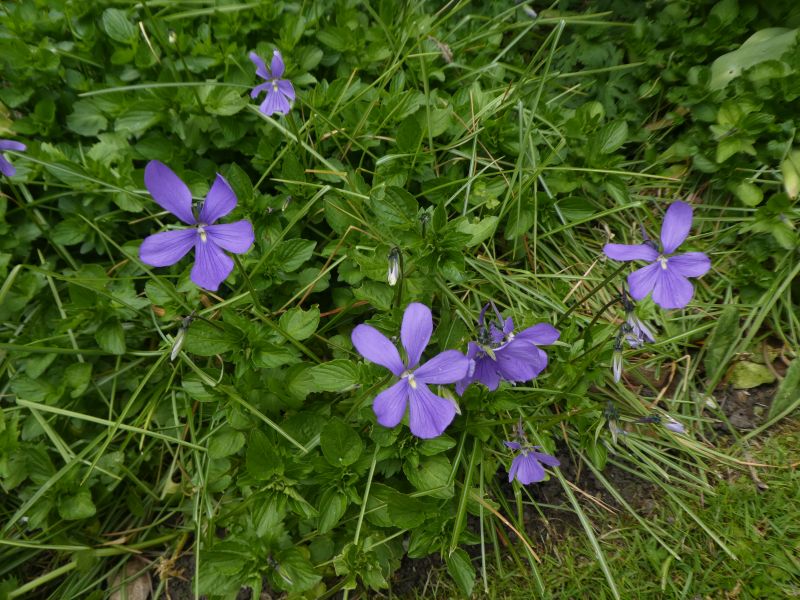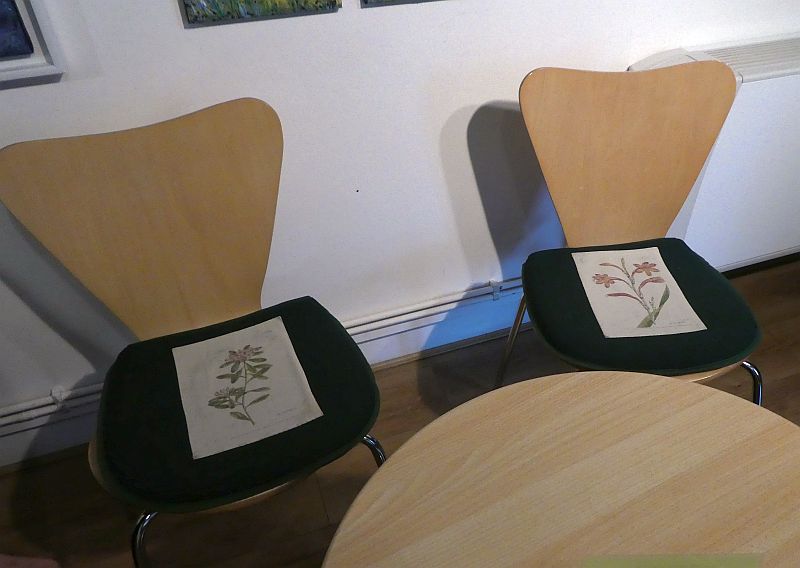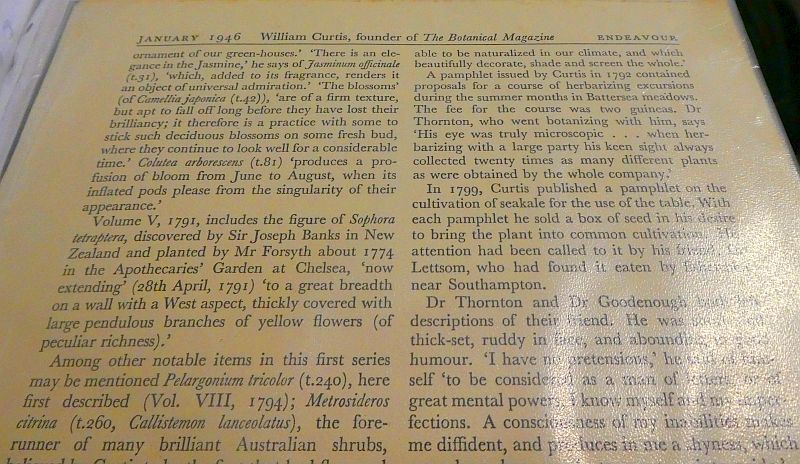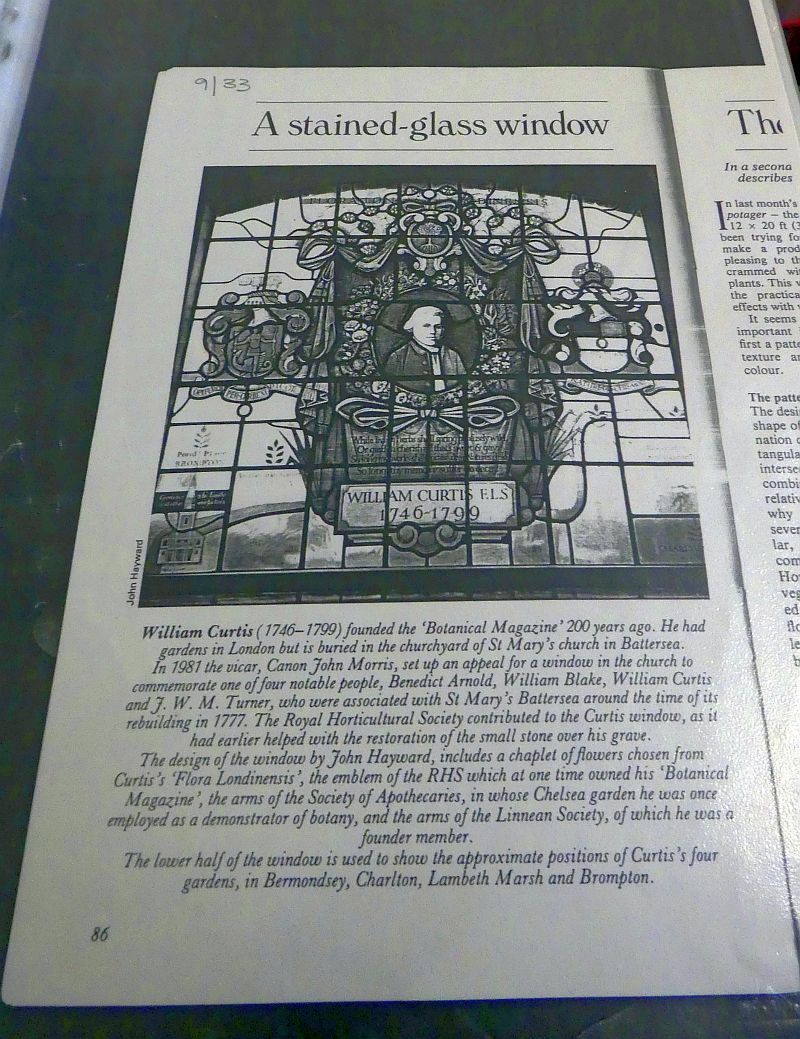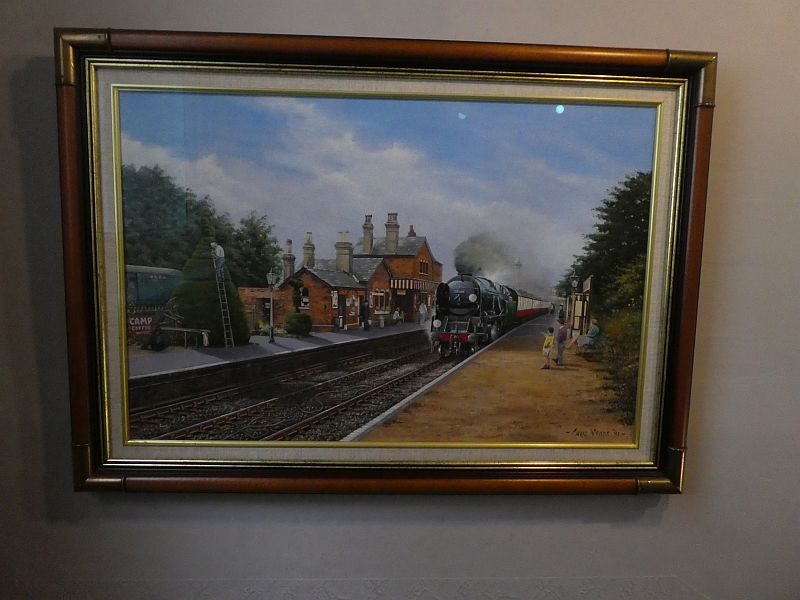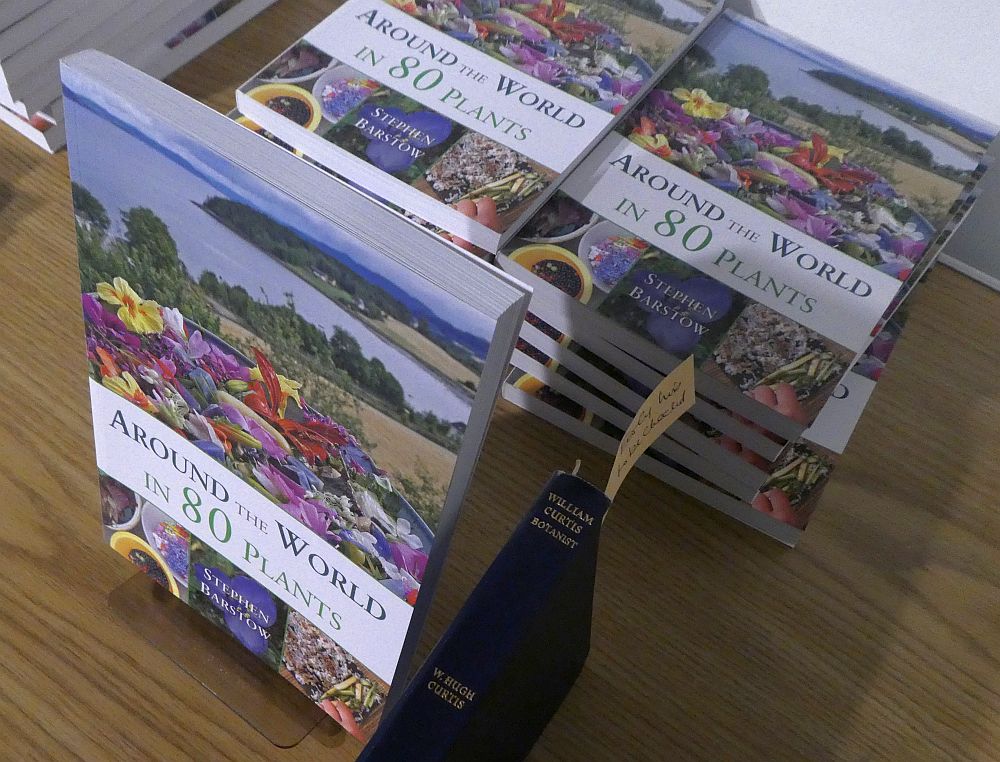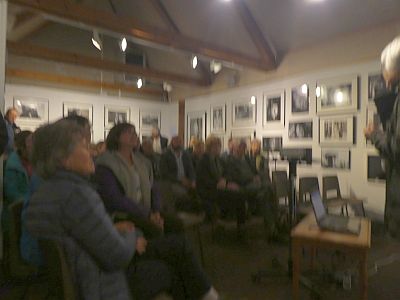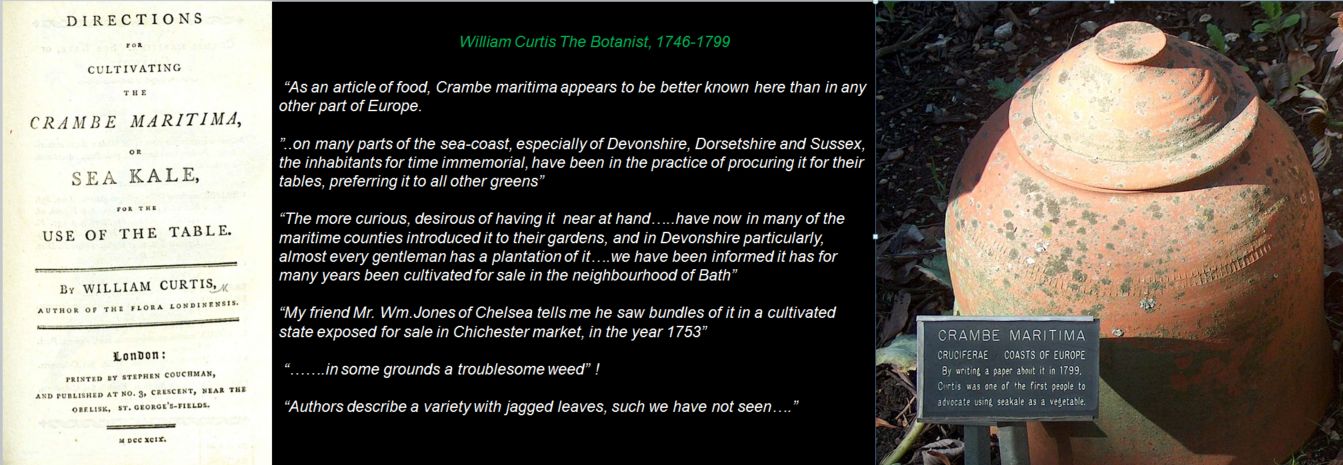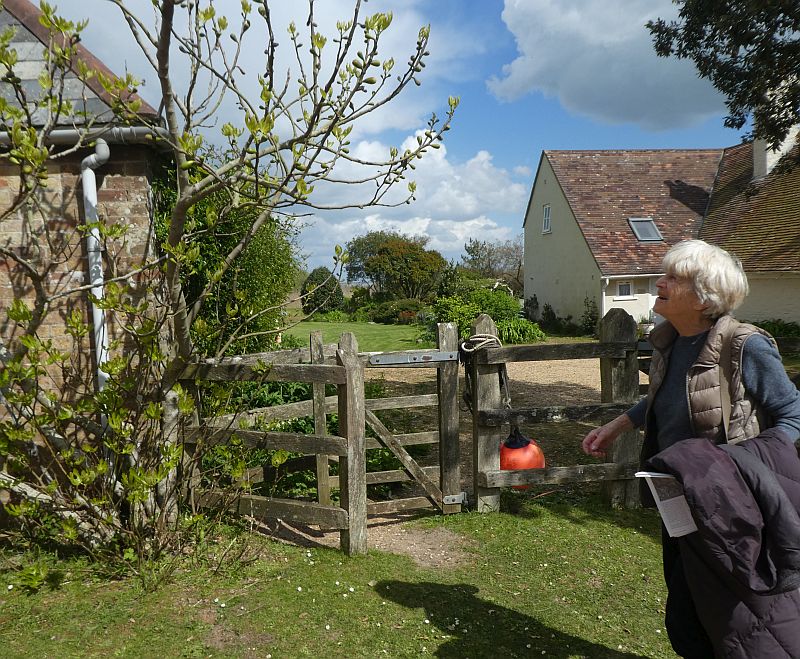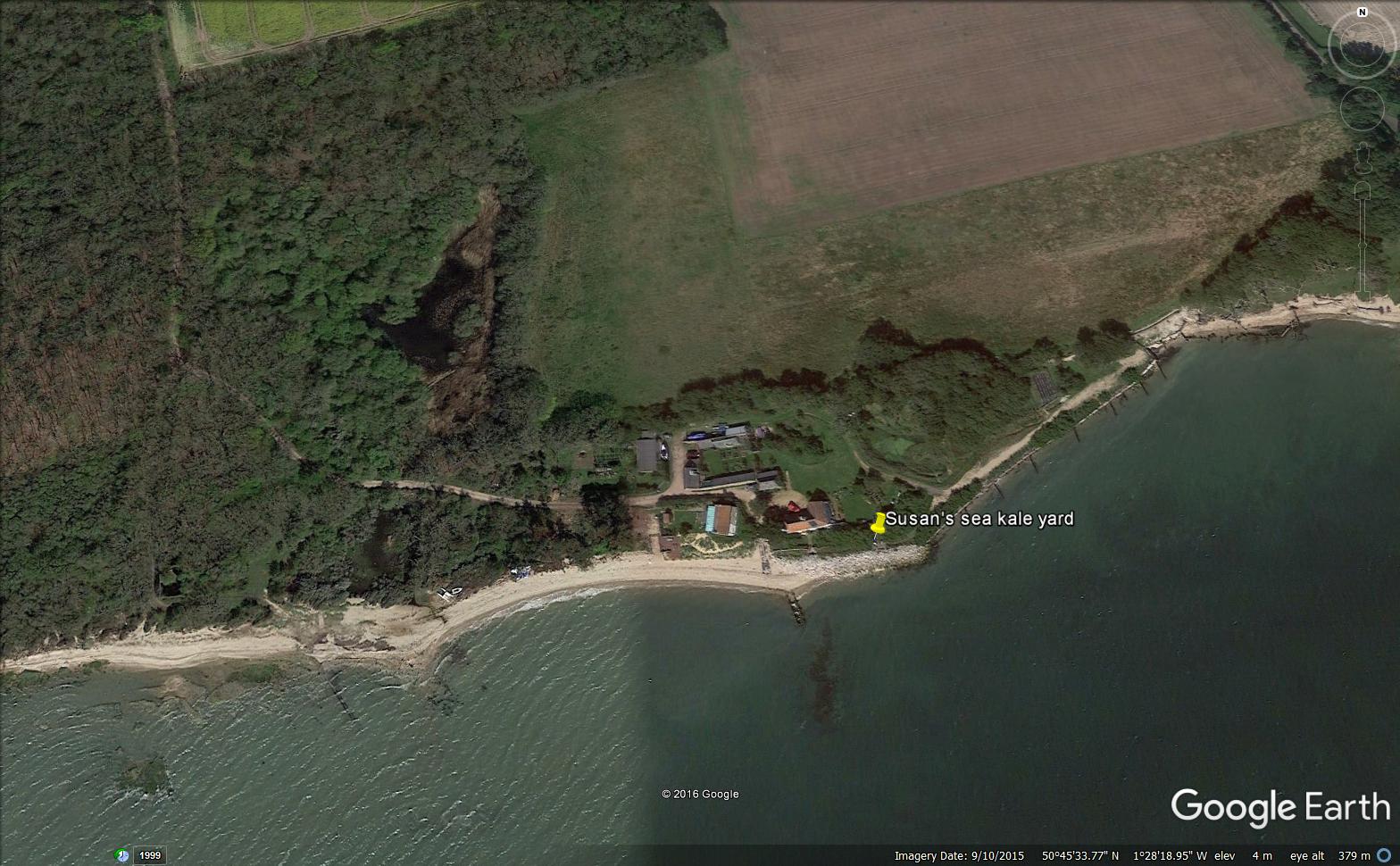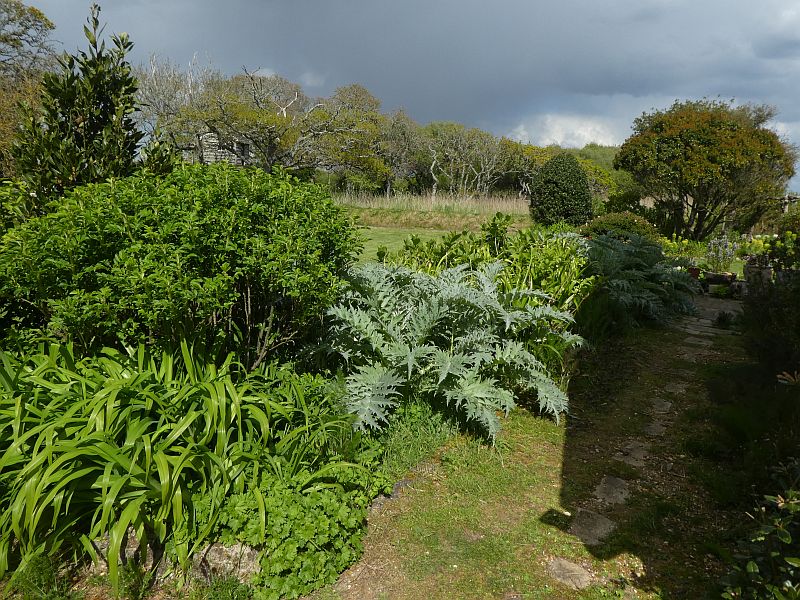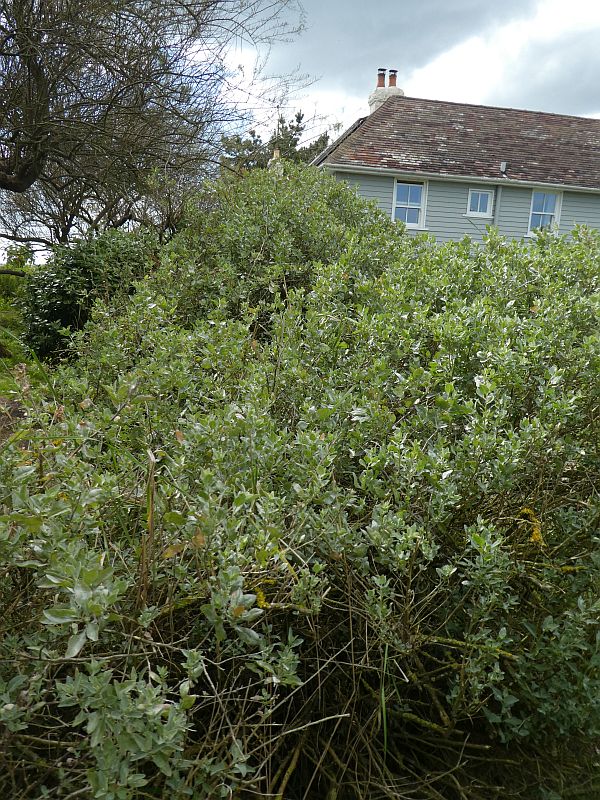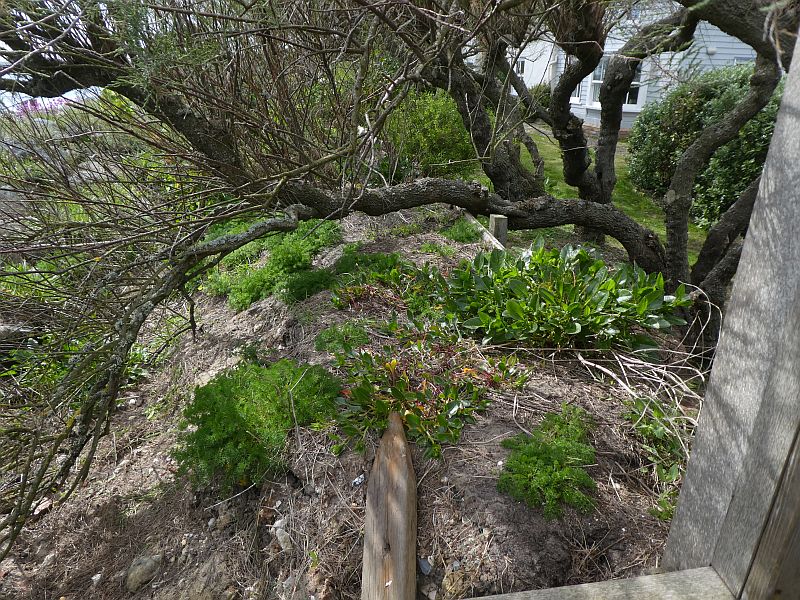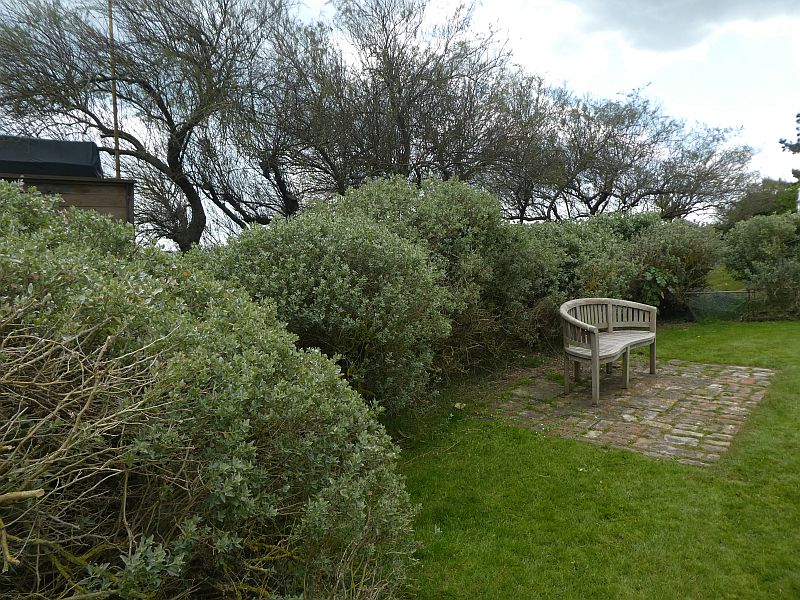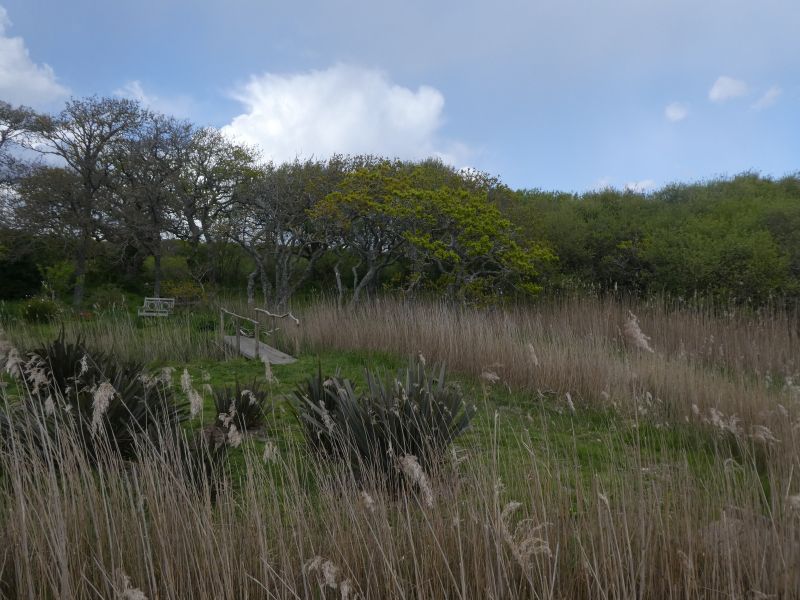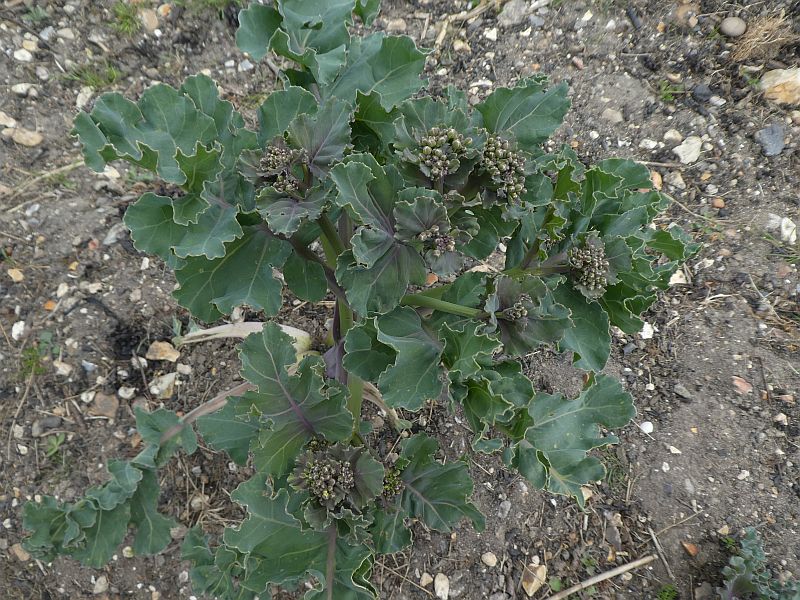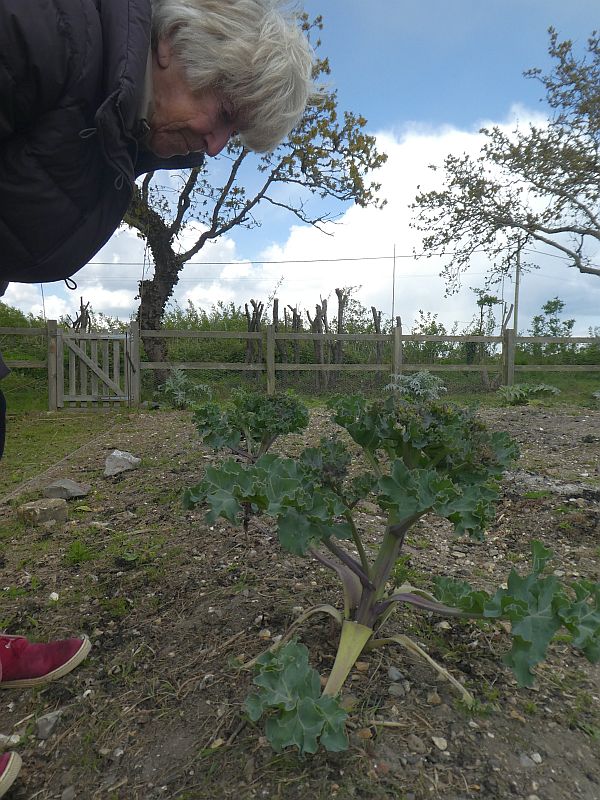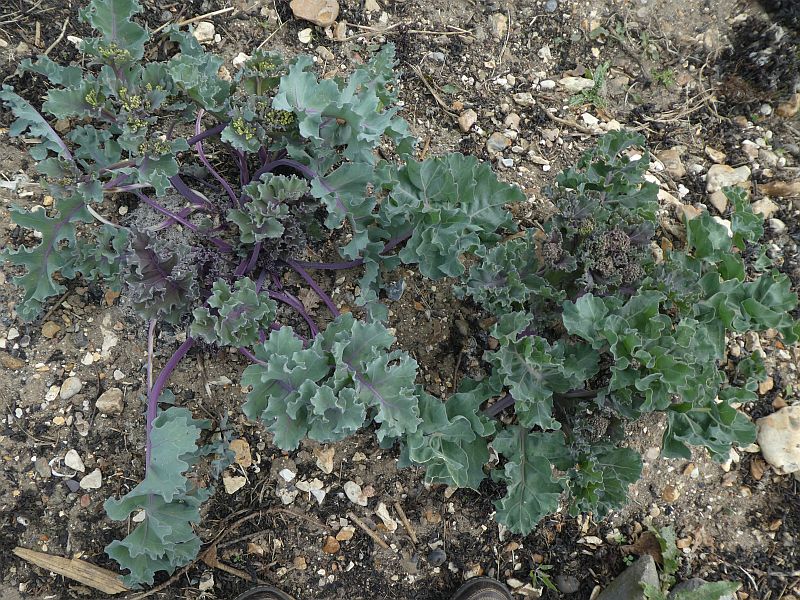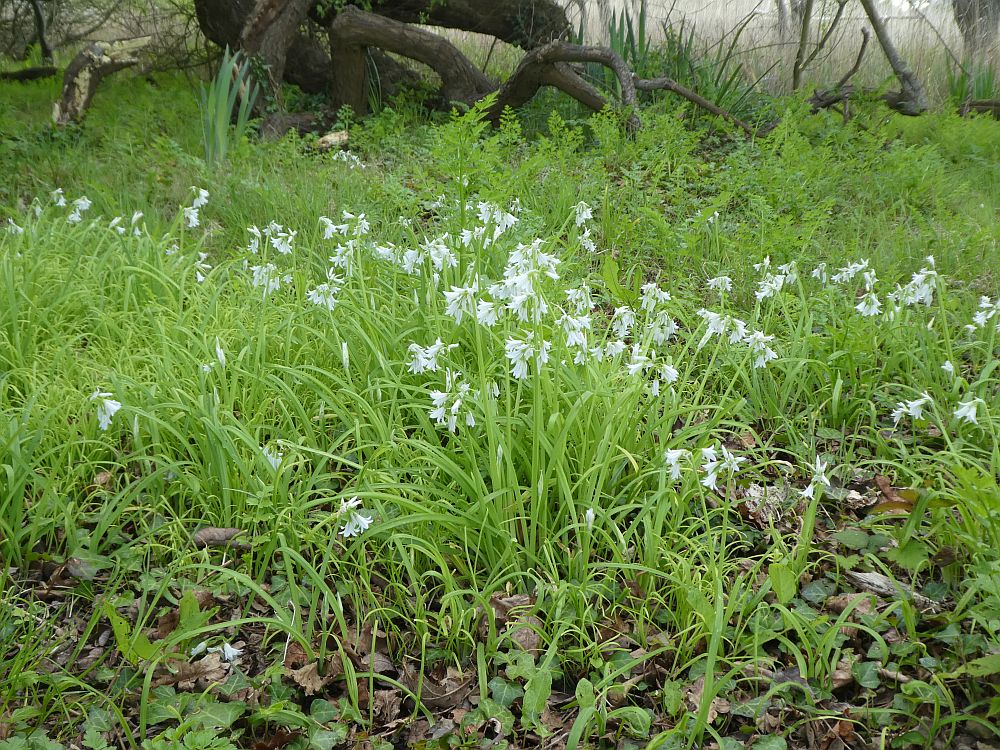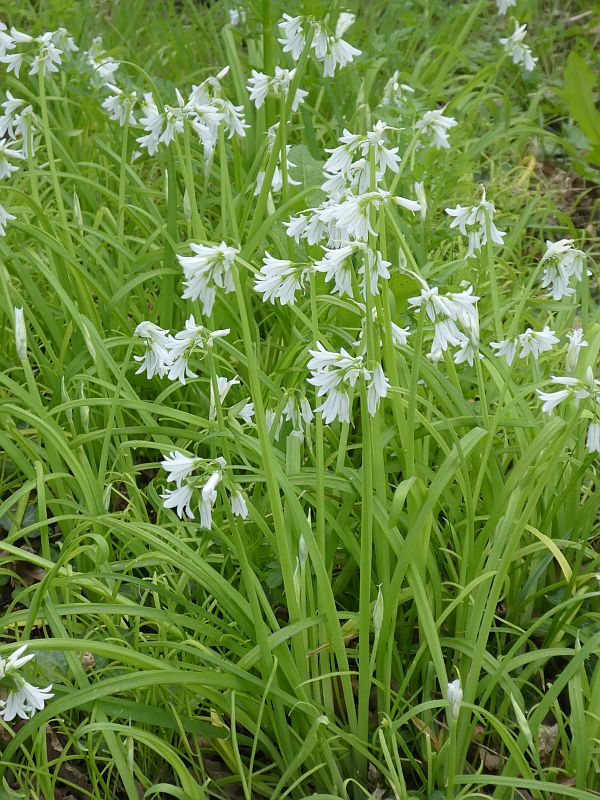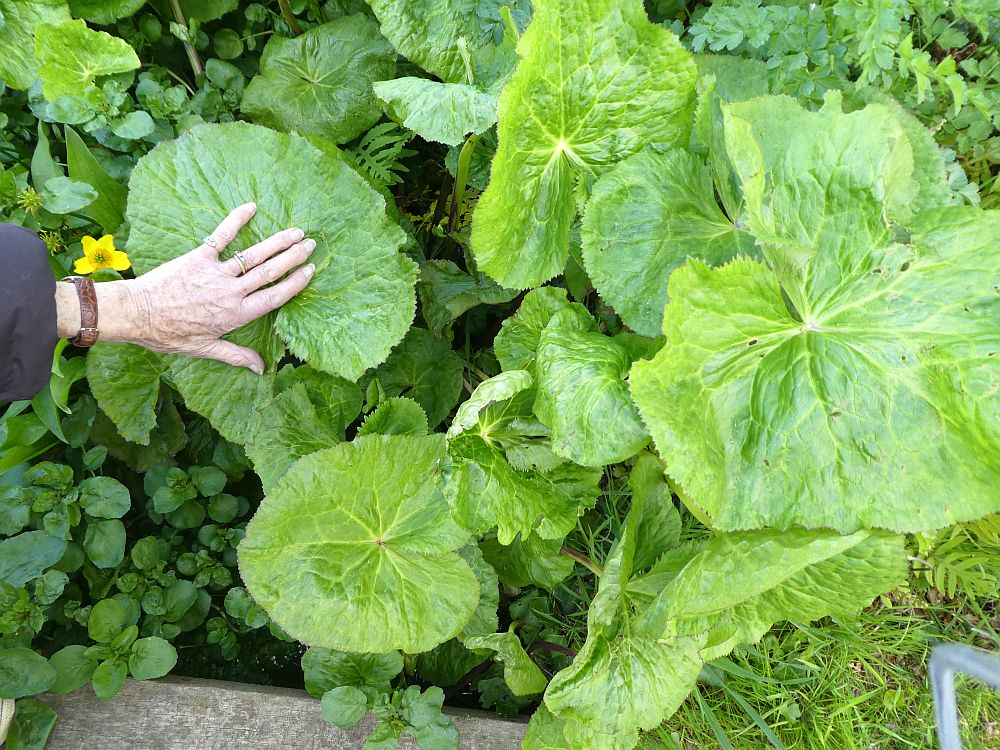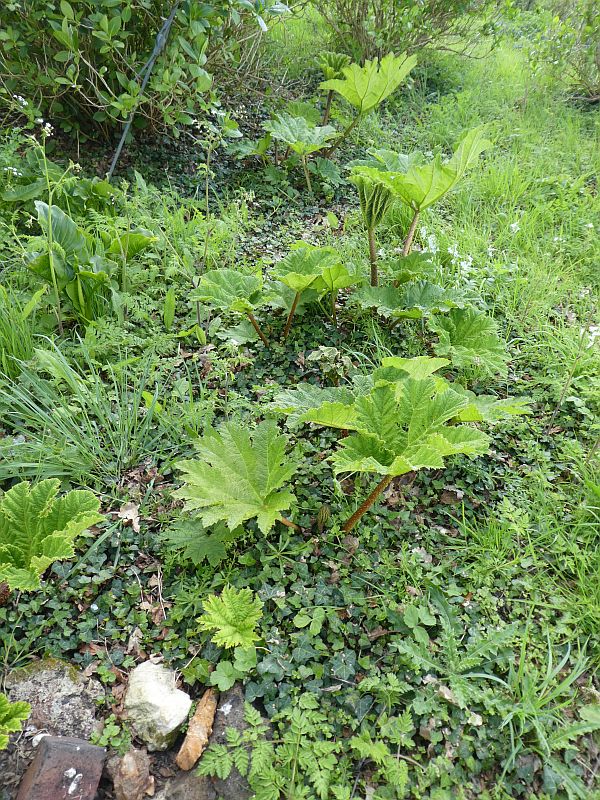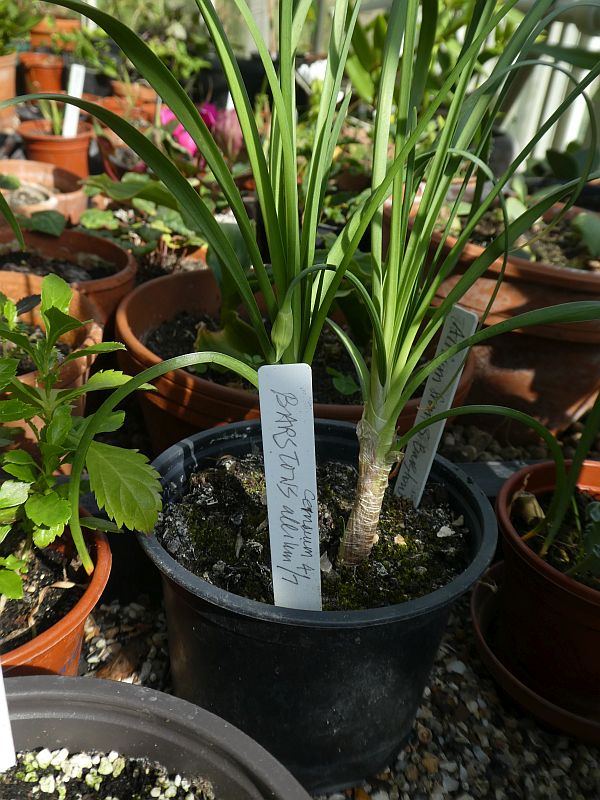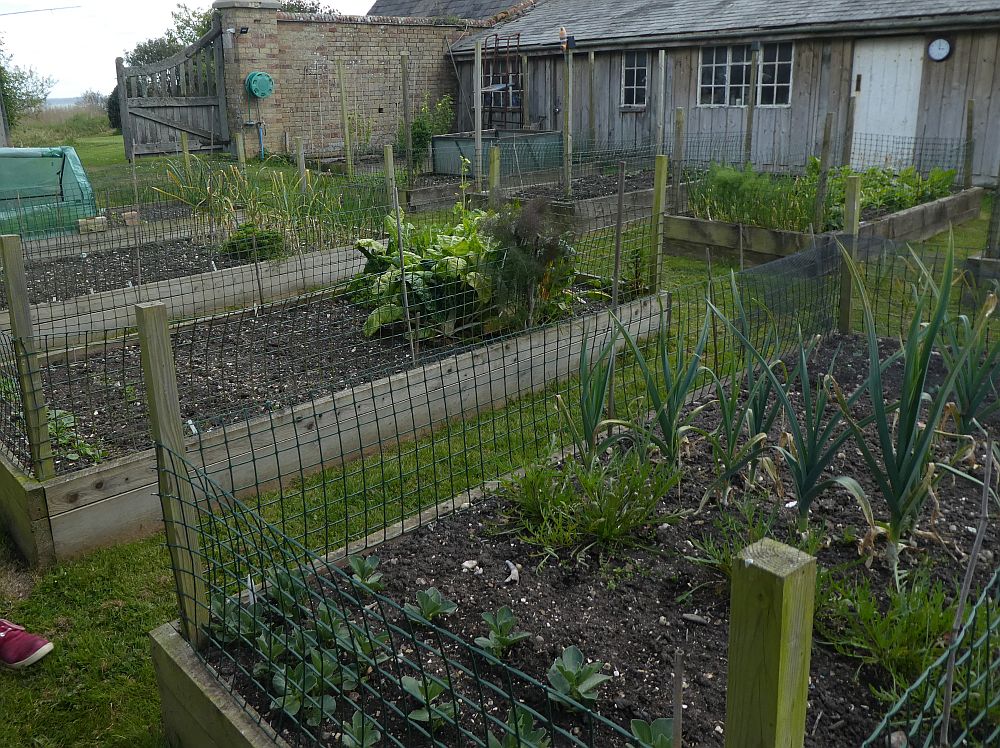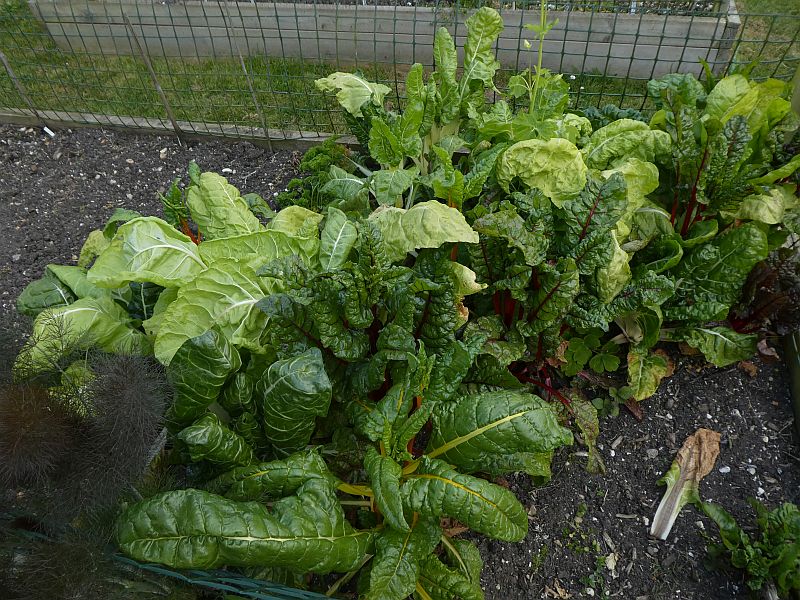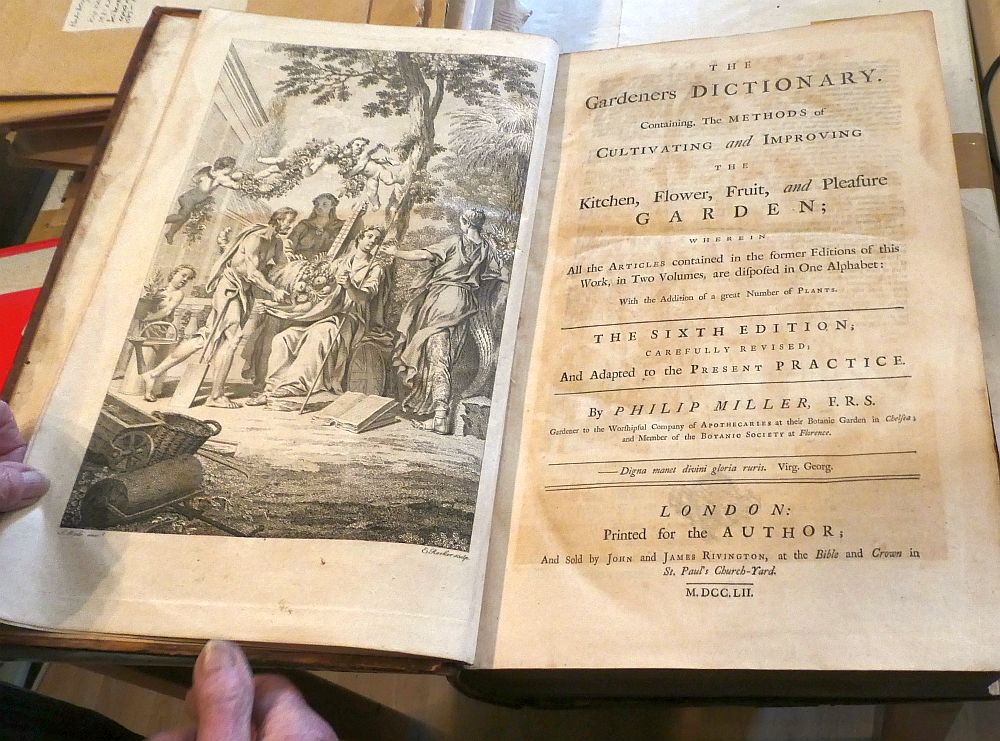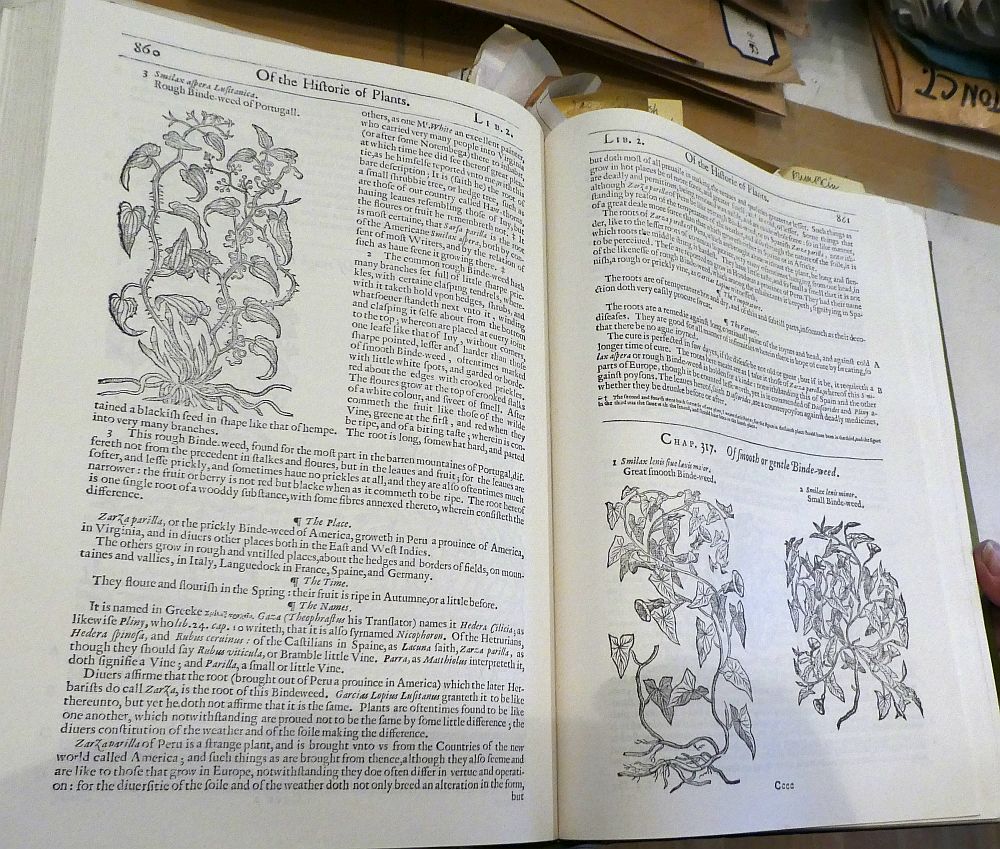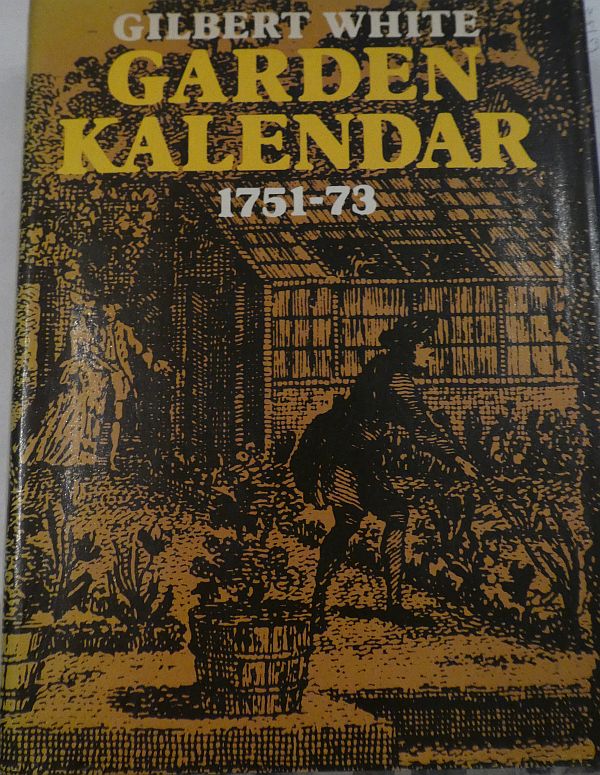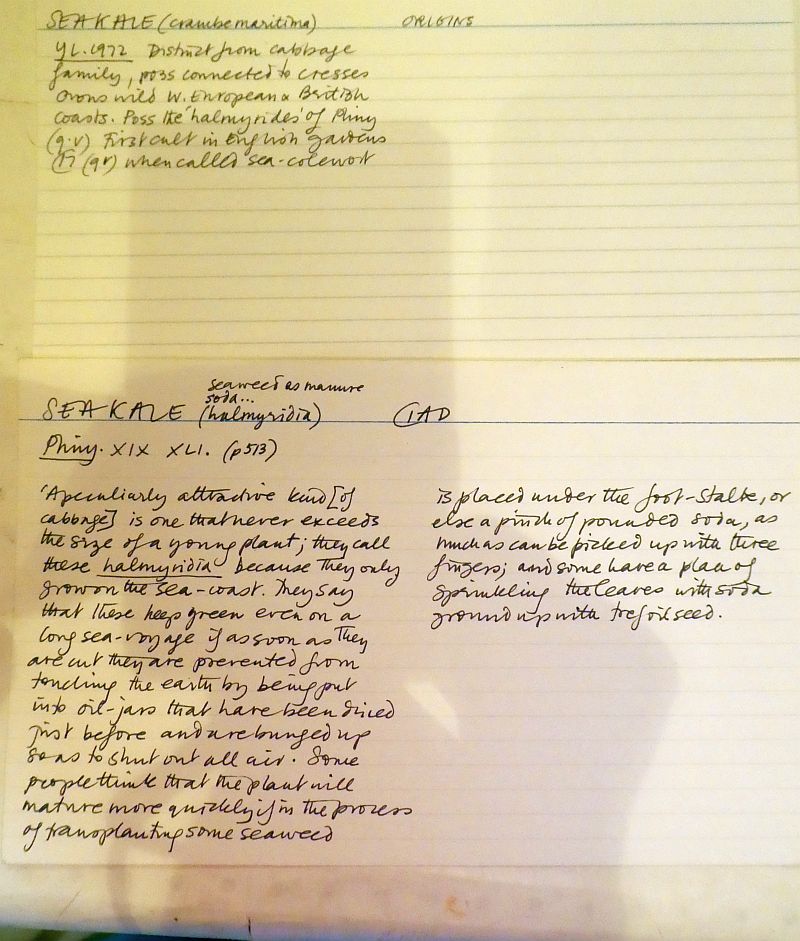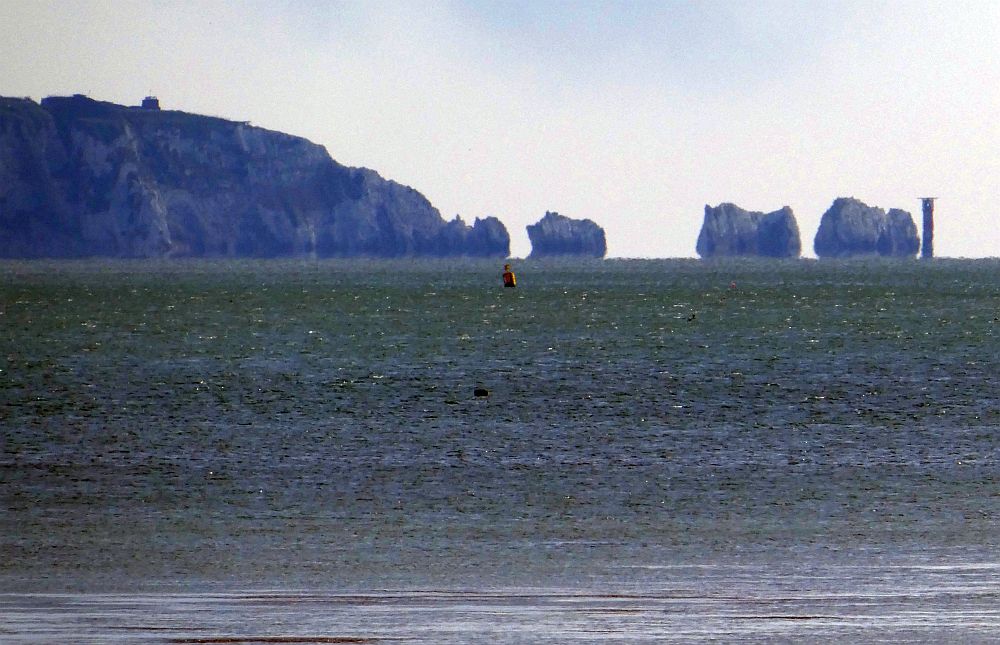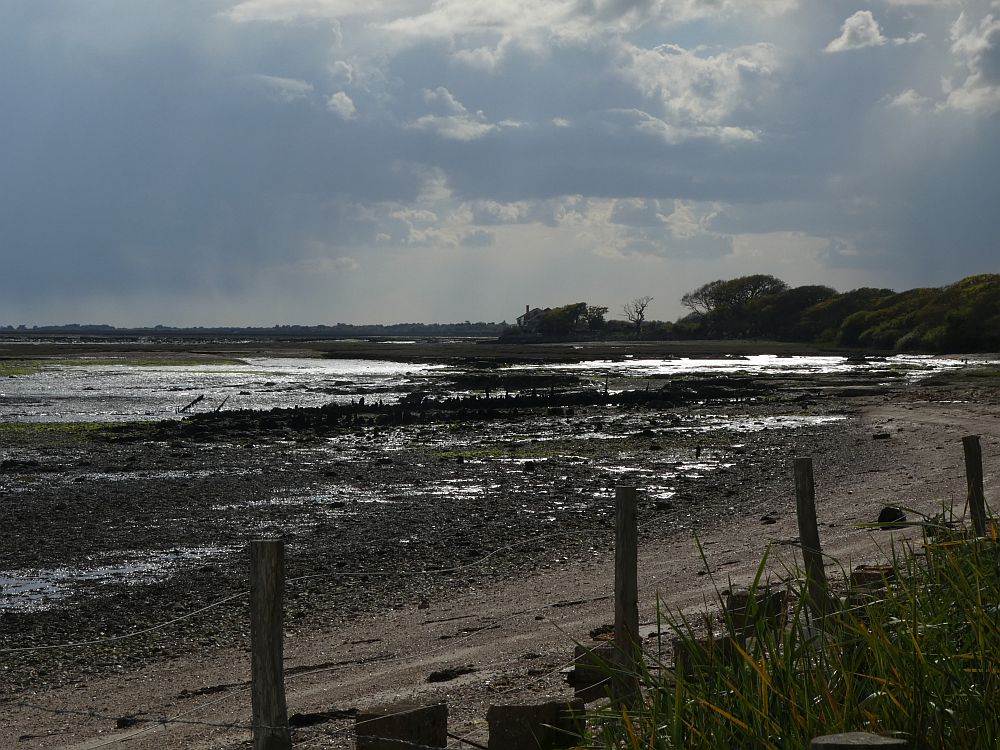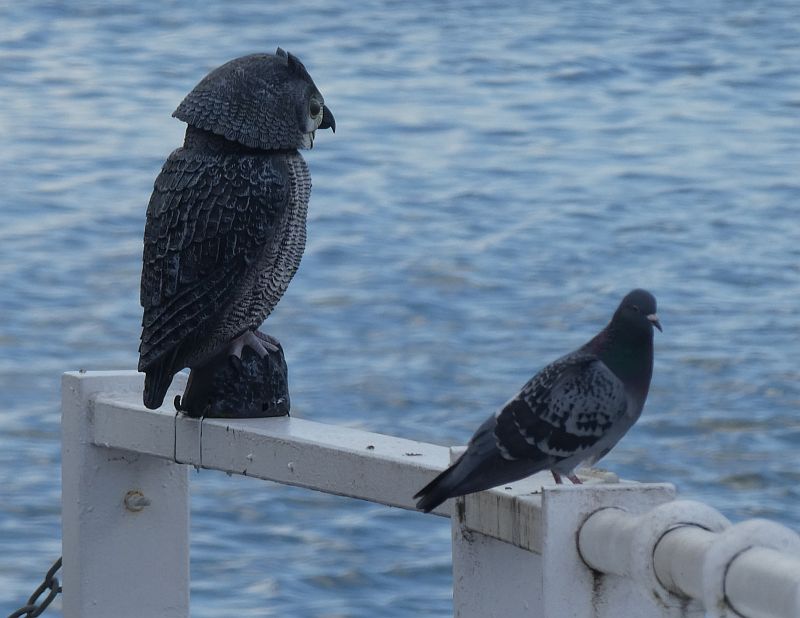Half an hour “foraging” in the garden and half an hour in the kitchen and I can present the year’s first multi-species salad….54 different plants! Notable additions were dark-leaved sea kale (strandkål) and Hydrophyllum virginianum (at the bottom), moss-leaved dandelion and Hablitzia tamnoides (centre). Edible flowers included two begonias and Oxalis triangularis (grown inside) and the first oxlips and hybrids (hagenøkleblom)
Tag Archives: Crambe maritima
An alternative spring harvest
Somebody asked me the other day if I use floating mulch (fiberduk / agryl) to be able to harvest all these greens so early. No, no and again no….this is one of the biggest benefits of perennial vegetables….it is totally natural, no microplastics are released into the environment, no oil is needed to plough the fields, significantly less migrant labour is needed and little or no fertiliser and water is needed, it is almost totally free once established and can yield year after year! So, whilst large areas of farmland in the northern hemisphere are being covered by plastic mulches to bring on annual crops for the market earlier, I’d just like to point out that there’s an alternative better way!
So, here are the plants that I harvested for yesterday’s delicious green pasta sauce:
Armoracia rusticana shoots (horseradish / pepperrot)
Myrrhis odorata (sweet cicely / spansk kjørvel)
Houttuynia cordata “Chinese Market” (shoots and rhizomes from the cellar; this cultivar is significantly larger than other Houttuynia I’ve grown) (Fish herb, Himalayan water creeper)
Allium senescens x nutans (hybrid Siberian onions)
Laurus nobilis (bay / laurbær)
Brassica oleracea (perennial kales)
Crambe maritima (sea kale / strandkål)
Taraxacum officinale (dandelion / løvetann)
Allium x proliferum (walking onion / luftløk)
Hablitzia tamnoides (Caucasian spinach / stjernemelde)
Dystaenia takesimana (giant Ulleung celery, seombadi)
Oenanthe javanica (seri)
Polymnia edulis (yacon) (second picture)
plus garlic and chili
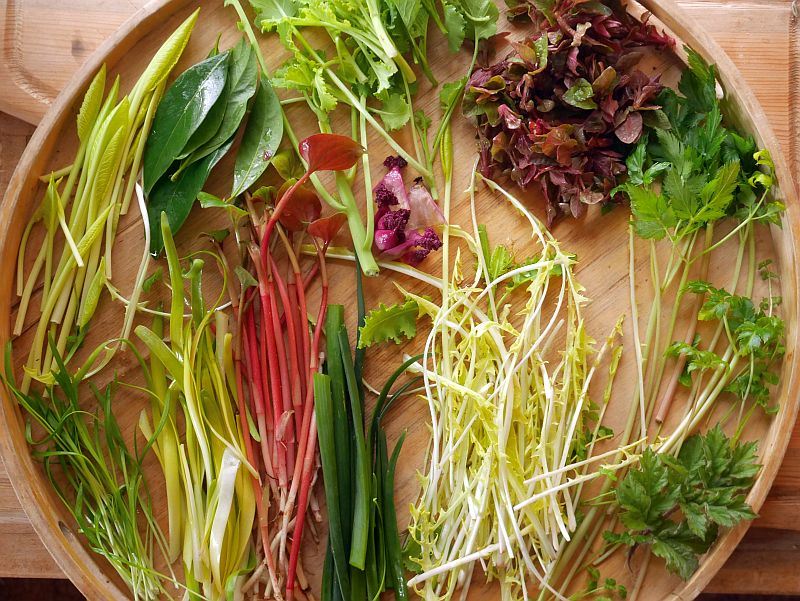
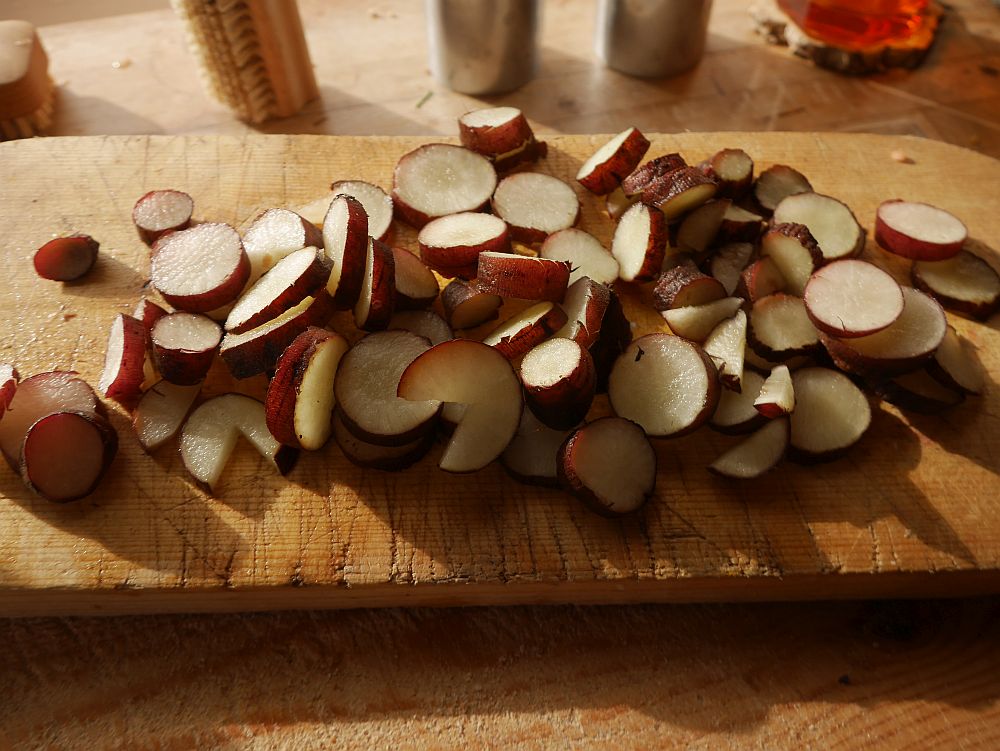
An Aristocratic Vegetable
Sea kale Crambe maritima is sometimes referred to as the King of the Vegetables (Queen is perhaps more fitting!) . This is partly due to the fact that it was in the past cultivated in heated greenhouses for nobility in the UK for Christmas! Maybe not the King, it is certainly an aristocrat and the easiest perennial brassica in cold climates (along wtih even hardier Crambe cordifolia) as it is hardier than perennial kales as it resprouts from the roots every spring and can easily be covered by a mulch of leaves or suchlike in colder climates. I do this every autumn just in case we have a very cold winter (I have experienced plants to resprout from deep roots when the surface roots have been killed in winter). I would normally take off the leaf mulch early April, but this winter it’s been so mild I removed it a few days ago and the plant had already put out delicious sprouts…I’ve been snacking on them! My oldest sea kale is approaching 40 years old, but hasn’t appeared yet (oldies sleep longer I guess!). Much more about Sea Kale in my book Around the World in 80 plants or by searching here: https://www.edimentals.com/blog/?s=sea+kale
They are also beautiful. The pictures show the cultivar Lily White which is only about 8 years old.
Lily White in flower
Diamondbacks in their thousands
There were more than a thousand moths in my garden yesterday and they were observed swarming over my perennial kales (Brassica oleracea), sea kale (Crambe maritima) and common wintercress (Barbarea vulgaris), none of which are likely to be severely affected.
Diamondbacks are back :(
Sea kale/strandkål (Crambe maritima):
Perennial kales (Brassica oleracea):
Never before pizza?

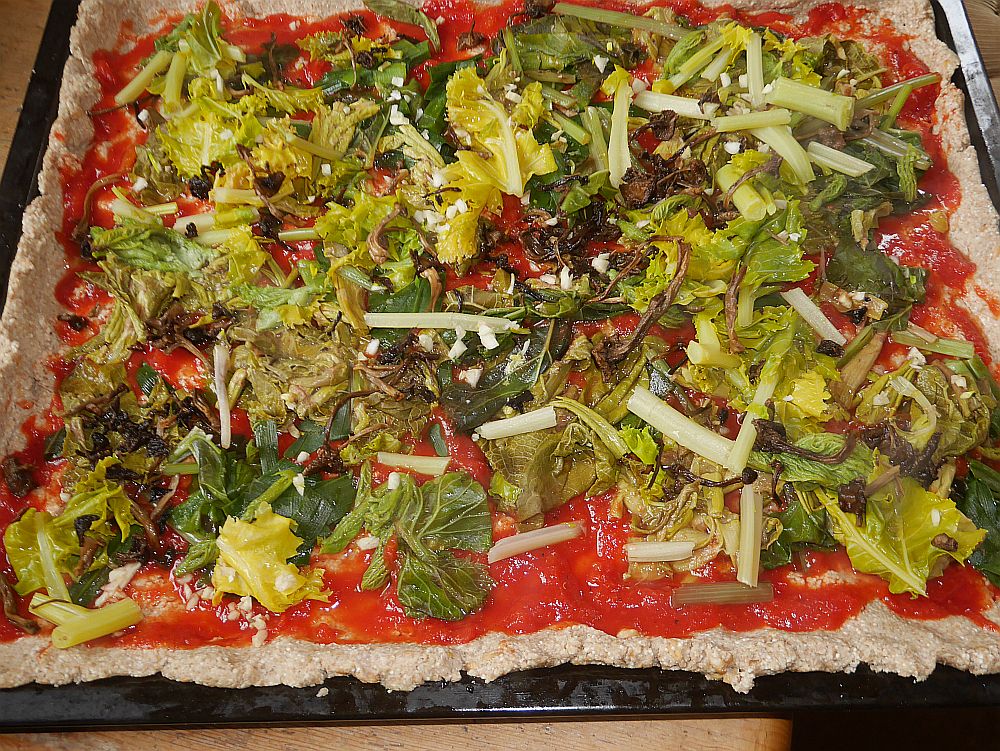
Slow food at last!
Ingredients: Hablitzia, Rumex acetosa, Rumex patientia, Myrrhis (young seeds), Hemerocallis middendorfii and H. lilioasphodelus (daylily buds), Crambe maritima (broccolis), Crambe cordifolia (broccolis), Nettle, 2* Origanum, Tragopogon pratensis (flower stems and buds), Allium senescens, Campanula latifolia, Asparagus trichophyllus, Chives (flower buds), Peltaria alliacea, garlic, chili and chicory (2 types)
On Facebook: https://www.facebook.com/media/set/?set=a.10155133708310860.1073742941.655215859&type=1&l=faf982b775
Alton
In my book I introduce the Hampshire towns of Alresford (watercress), Selborne (Gilbert White and sea kale) and Alton as the “Hampshire perennial vegetable triangle” or the UK hotspot of perennial vegetable domestication. Alton is included as the home of botanist William Curtis, who was Praefectus Horti at the Chelsea Physic Garden in London in the 1770s. He was also a friend of Gilbert White! He wrote a pamphlet, ‘Directions for the culture of the Crambe maritima or Sea Kale, for the use of the Table’ in 1799 to bolster efforts in introducing it as a market vegetable.
See the album of pictures from a wander around Alton with Sheila John of the Curtis museum, edimentals tour of the Allen Gallery garden and later talk there! See the album below!
Other related posts:
Directions for the culture of Sea Kale (1799) http://www.edimentals.com/blog/?p=9772
The Hampshire Perennial Vegetable Triangle http://www.edimentals.com/blog/?page_id=3879
Lecture at the Hillier Gardens http://www.edimentals.com/blog/?page_id=1281
Hampshire’s Watercress Line http://www.edimentals.com/blog/?p=335
Sea Kale Yard on the Solent
Susan is the co-founder, in 2001, of the Walled Kitchen Garden Network and began researching the history of walled kitchen gardens in 1981 (the same year that I moved to Norway, so I know it’s an awful long time!). She has personally visited and photographed over 600 walled kitchen gardens in the UK and abroad, making her a foremost authority on the subject. I met her as she had come across my book and on the strength of it invited me over from Norway to give a couple of talks at the Walled Kitchen Garden Network Forum at Croome (see http://www.edimentals.com/blog/?page_id=2554). You can read more about this network here: http://www.walledgardens.net
However, the main reason for my visit was to see first hand Susan’s sea kale yard, the only operation I’m aware of that delivers seakale commercially in the UK, despite sea kale being for me the most English of all vegetables and for some the King of vegetables! See also my blog post about visiting the Curtis Museum in Alton, coming soon!

